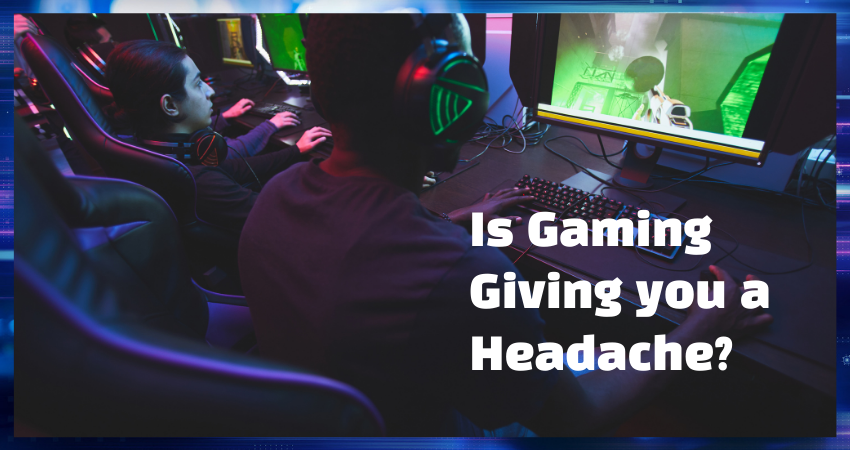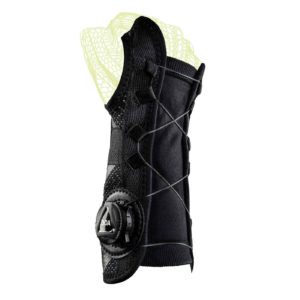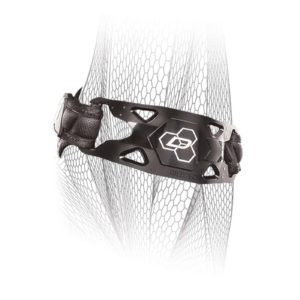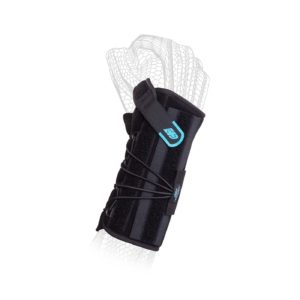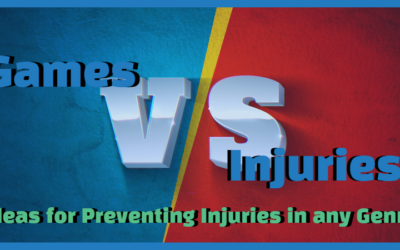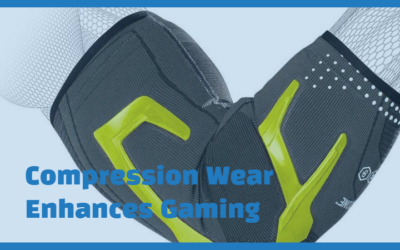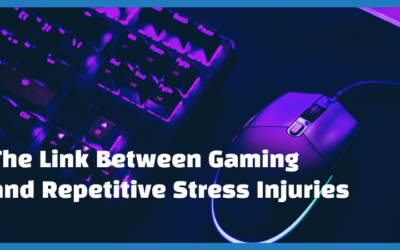When you’re in the middle of a gaming marathon, you’re probably sitting slouched in front of a TV or computer. You may even subconsciously tilt your head forward to get a closer view of the screen. This can compress nerves in your neck [1]. If this poor posture persists, it can make gaming a real headache. [3]. In other words, this posture can lead to tension headaches, neck pain, fatigue, poor concentration, and muscle tension [2]. Other gaming habits that may contribute to headaches include eye strain, a lack of sleep, stress, a poor diet, and fatigue.
How Poor Posture Hurts
When your head is straight, the levator scapulae and trapezius muscles in the back easily support the weight of your head and neck. Alternately, when your head is tilted toward a TV or computer screen the weight of your head and neck increases. This may overextend your deep neck flexors muscles. Over time, this can lead to a stiff neck, shoulder discomfort, back problems, and pain in the pectorals. Spinal bones in the neck area may even become damaged making it hard to turn your head properly.
As a result, some gamers may develop upper crossed syndrome. Symptoms include persistent pain after sitting in a forward head position too long, or pain after slouching in a chair for lengthy periods. When you slouch instead of pressing your lower back against the back of the chair, the back shifts forward and your shoulders lean against the chair back. The extra tension on your shoulder muscles can cause shoulder pain[4].
Slouching can also lead to joint degeneration in your lower spine as poor posture stretches spinal ligaments as well as lower back and hip muscles (e.g., lumbar erector spinae, gluteus, iliopsoas) beyond a healthy limit. Poor posture can further worsen this condition by straining spinal discs, causing disc bulging or abnormal disc pressure (herniated disc).
Keyboards, controllers… The types of gaming devices you use can also affect your body position and cause poor posture. For example, gamers who use a keyboard tend to curl their upper bodies and head forward. They’re also more likely to use their thumb, finger and wrist muscles. Conversely, eSports professionals or gamers who use console controllers tend to lean back and slouch. In both cases, poor posture is linked to upper body pain. The combination of poor posture with the repeated use of hand and finger muscles increases your risk of developing musculoskeletal disorders [4, 5]. In most cases, the irritation of nerves or muscles in the neck region is the primary cause of chronic pain [6].
How Good Posture Helps
Good gaming posture—sitting in an upright position—helps increase energy levels, while decreasing frustration and restlessness [1]. This means that good gaming posture doesn’t just reduce your risk of pain. It also boosts your overall performance.
Improve Posture, Reduce Pain
So how do you avoid poor posture while gaming? Here are some helpful tips, tailored to your gaming style.
Leaners
Do you often lean towards the screen, tilting your head forward? Try applying therapeutic tape to both sides of your neck. This will help keep your head and neck upright [7].
Slouchers
If you’re a sloucher, practice pressing your back firmly against the chair until sitting in an upright position becomes a habit.
Play Your Best Game
So now you know why chronic head, neck or shoulder pain makes it hard to enjoy gaming or eSports and impacts your performance [1, 4]. You also know poor posture can even lead to serious musculoskeletal problems that prevent you from playing at all. Well, knowledge is power! Use our products to improve your posture, maintain your health, and always play your best game!
References
- Harvey R. The effect of head and neck position on head rotation, cervical muscle tension, and symptoms. Biofeedback. 2018;46(3):65-71.
- Bader EE. The psychology and neurobiology of mediation. CJCR. 2015;17:363-392.
- Fernandez-de-Las-Penas C, Alonso-Blanco C, Cuadrado ML, Pareja JA. Forward head posture and neck mobility in chronic tension-type headache: A blinded, controlled study. Cephalalgia. 2006;26(3):314-319.
- Kietrys DM, et al. Mobile input device type, texting style and screen size influence upper extremity and trapezius muscle activity, and cervical posture while texting. Appl Ergon. 2015;50:98-104.
- Nahar S, Sayed A. Prevalence of musculoskeletal dysfunction in computer science students and analysis of workstation characteristics—An explorative study. IJARCS. 2018;9(2):21-27.
- Xie Y, Szeto G, Dai J. Prevalence and risk factors associated with musculoskeletal complaints among users of mobile handheld devices: A systematic review. Appl Ergon. 2017;59:132-142.
- Yoo WG. Effect of the neck retraction taping (NRT) on forward head posture and the upper trapezius muscle during computer work. J Phys Ther Sci. 2013;25(5) 581-582.

